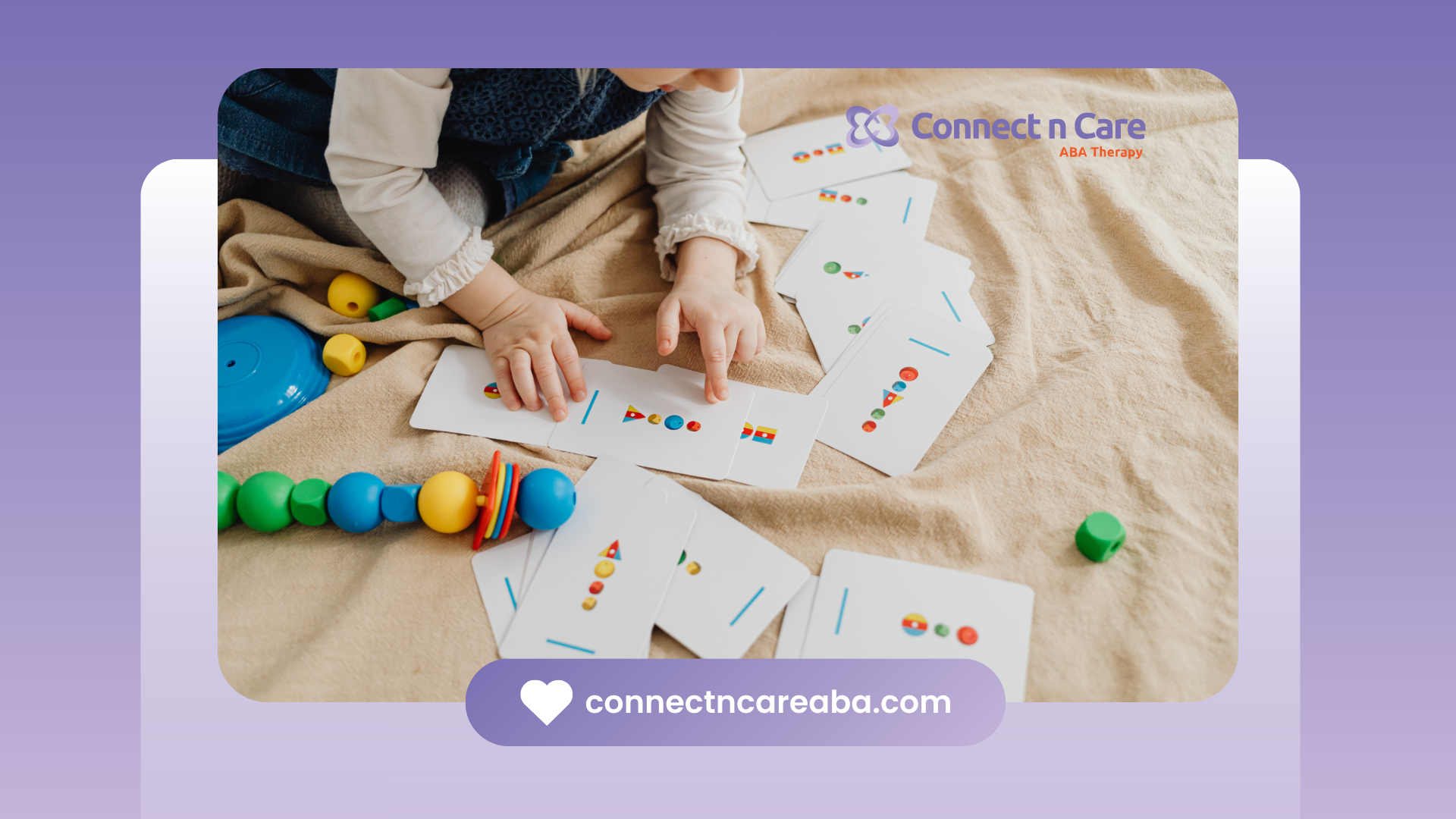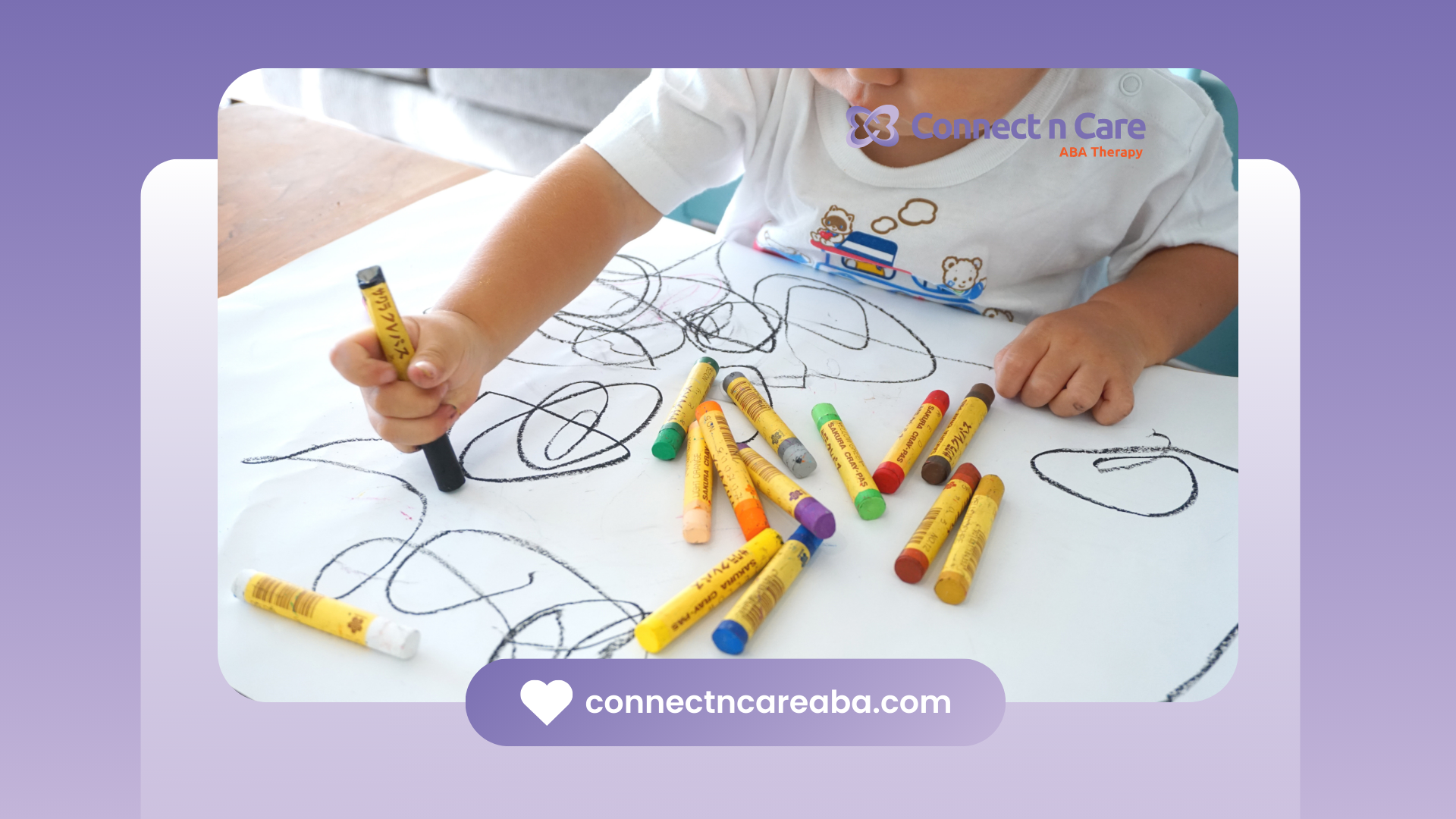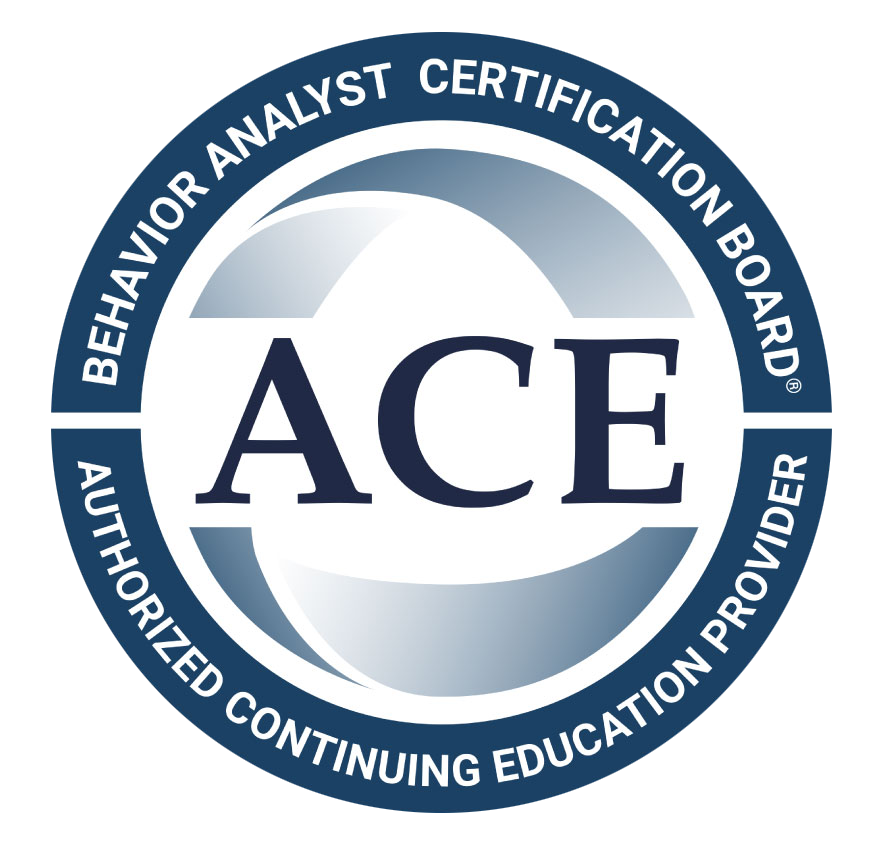Overview of Autism Therapy Types and Interventions
When exploring support for the autism spectrum, you'll find many types of therapy designed to address specific challenges. These interventions are not one-size-fits-all; they are meant to be customized to your child's unique needs and developmental stage. The most common options include behavioral, developmental, and skill-building therapies.
Each of these autism therapies has a different focus. Behavioral approaches often target specific actions, while developmental therapies focus on social and communication skills in natural settings. Your child's care team can help you find the right combination that works for your family's preferences and goals.
Defining Autism Spectrum Disorder and Its Challenges
Autism Spectrum Disorder (ASD) is a difference in how a person's brain works, also known as neurodivergence. It is not a disease to be cured. Instead, therapies aim to support individuals in a world that isn't always designed for them. The symptoms of autism can vary widely from one person to another, which is why it's called a spectrum disorder.
Some individuals may have challenges with communication, while others might struggle with social interaction or have sensory sensitivities. Because of this variety, each person has specific needs that require a personalized approach to support.
Understanding these differences is key to choosing the right therapy. Behavioral therapies often focus on teaching specific skills and behaviors in a structured way. Developmental therapies, on the other hand, are typically relationship-based and focus on emotional and social growth through play and interaction.
The Role of Evidence-Based Therapies in Autism
With so much information available, it's vital to focus on evidence-based therapies for autism treatment. These are interventions that have been proven safe and effective through credible, well-designed research studies. Your pediatrician or care team will recommend these types of therapies to ensure your child receives the best support.
Professionals begin by conducting a thorough assessment of your child's abilities, strengths, and challenges. This evaluation helps them understand your child's individual profile before recommending any therapy sessions.
Based on this assessment, they will collaborate with you to create a personalized treatment plan. This plan outlines specific goals and how progress will be measured. This ensures the chosen therapies are directly targeted at helping your child develop the skills they need to grow and thrive.
Behavioral Therapies for Autism
Behavioral therapy is a common and effective approach for helping autistic children. These therapies use the principles of behavior analysis to encourage positive behaviors and reduce challenging behaviors that may interfere with learning or socializing. The most well-known form is Applied Behavior Analysis (ABA).
Unlike developmental therapies that are often play-based and child-led, behavioral therapies are typically more structured. They focus on teaching skills by breaking them down into small, manageable steps and reinforcing success. This helps you and your child understand the reasons behind certain behaviors and develop strategies to address them.
Applied Behavior Analysis (ABA): Approaches and Benefits
Applied Behavior Analysis (ABA) is a widely accepted therapy for autism that uses a systematic approach to teaching skills. Modern ABA therapy focuses on positive reinforcement, which means rewarding good behavior to encourage your child to repeat it. This helps them learn new skills that support their success in school, social situations, and daily life.
Early forms of ABA were controversial, but today's methods are play-based and centered on your child's interests and motivations. For example, an intensive behavioral intervention might be used for young children to address a broad range of skills in a structured setting.
The effectiveness of ABA therapy comes from its individualized nature and data-driven approach. Key benefits include:
- Targeted Skill Building: Focuses on specific goals in communication, social skills, and daily living.
- Progress Tracking: Uses regular assessments to ensure the therapy is working.
- Positive Change: Helps build essential life skills while reducing behaviors that hinder development.
Positive Behavior Support (PBS) in Autism Care
Positive Behavior Support (PBS) is a form of behavioral therapy that goes beyond just addressing behaviors. It seeks to understand the reasons behind challenging behaviors and then changes the environment to support positive behaviors. By creating a supportive environment, PBS helps reduce the need for a child to use challenging behaviors to communicate.
This approach uses positive reinforcement to teach and encourage new skills. Instead of focusing on what not to do, PBS highlights what to do. This helps your child learn more effective ways to get their needs met.
When choosing a program, consider one that incorporates PBS principles. This ensures the focus is on understanding and supporting your child. Key elements to look for include:
- An emphasis on why behaviors are happening.
- Strategies to change the environment to prevent challenges.
- Teaching replacement skills that serve the same purpose as the challenging behavior.
Developmental and Educational Interventions
Developmental therapies offer a different approach from structured behavioral methods. These interventions focus on building emotional connections and improving social skills through natural, everyday interactions. The goal is to help your child engage with others and manage daily activities with greater ease.
During these therapy sessions, the therapist often follows your child's lead, using their interests to foster learning and communication. This approach is tailored to your child's specific needs and developmental stage, making learning feel more like play. Below, we'll look at some popular models for this type of therapy.
Early Start Denver Model (ESDM) and DIR/Floortime
The Early Start Denver Model (ESDM) is one of the leading early interventions for toddlers with autism. This play-based therapy takes place in natural settings like your home, helping your child build social communication, cognitive, and language skills. The model emphasizes relationship development intervention, encouraging positive interactions between you and your child.
Another well-known approach is DIR/Floortime. This method focuses on helping children build emotional connections and develop their ability to relate to others. It encourages parents and therapists to get on the floor with the child and follow their lead in play.
Both ESDM and Floortime prioritize skills like joint attention, where a child learns to share focus on an object or activity with another person. These early intervention models show just how important starting therapy early can be for building foundational social skills and improving long-term outcomes.
Social Skills Training and Relationship Development
Social skills training is designed to help individuals feel more confident and comfortable in social situations. This type of intervention is often offered in a group setting and is particularly helpful for adolescents and young adults who want to improve their relationship development abilities.
The training uses direct instruction, role-playing, and modeling to teach key social and communication skills. For instance, providers might help your child learn how to start a conversation, understand nonverbal cues like eye contact and facial expressions, or manage bullying.
This targeted approach helps build confidence for navigating social interactions. Areas of focus often include:
- Learning strategies for building and maintaining peer relationships.
- Engaging in back-and-forth conversations.
- Understanding social rules and expectations in various settings.
Therapeutic Services to Support Skill Building
Beyond behavioral and developmental approaches, several therapeutic services can help your child build new skills for everyday life. These therapies focus on specific areas like communication and motor abilities, which can greatly improve your child’s quality of life and support their mental health.
Professionals recommend these services after a thorough assessment of your child’s needs. During therapy sessions, therapists create a supportive environment where your child can practice and master these essential skills. Let's explore two of the most common and beneficial services: speech and occupational therapy.
Speech-Language Therapy for Communication
Communication challenges are common for individuals with autism, and speech therapy is one of the most widely used interventions to help. This therapy is designed to improve both verbal and nonverbal communication, helping your child express their wants and needs more effectively.
Speech therapists work on a wide range of language skills. They can help your child learn to use short phrases, put their feelings into words, or adjust the rhythm of their speech. This support fosters better communication, enabling children to interact more confidently with others.
For those who struggle with verbal expression, therapists may introduce augmentative and alternative communication (AAC). This includes tools like speech-generating devices, sign language, or picture cards. When considering a program, look for one that offers various communication strategies tailored to your child's abilities.
Occupational Therapy for Daily Living Skills
Occupational Therapy (OT) is focused on helping your child gain the skills they need to perform daily living skills, also known as "occupations." Occupational therapists work with your child to improve their ability to do tasks like brushing their teeth, getting dressed, or eating independently.
This therapy also addresses physical challenges. Therapists can help improve fine motor skills needed for writing or playing, as well as gross motor skills related to balance and coordination. A key part of OT is also addressing sensory processing issues. Many autistic children experience sensory sensitivities, and OT can help them regulate their responses to stimuli like sounds, textures, or lights.
Deciding if OT is right for your child involves looking at their daily challenges. If they struggle with self-care, motor coordination, or sensory overload, occupational therapy can provide practical tools and strategies to promote independence and confidence.
Choosing the Right Intervention: Factors and Process
Selecting the right therapy program can feel like a big decision, but the process starts with understanding your child's specific needs. Since every child with autism is different, the most effective treatment plan will be one that is customized to their unique needs and strengths.
There is no single "best" therapy for everyone. You may even find that a combination of different therapy sessions works best. The key is to find a program that is flexible and can adapt as your child’s needs change over time. The following sections will guide you through how to assess needs and involve your family.
Assessing Individual Needs and Setting Goals
A crucial first step in any therapy journey is a thorough assessment of your child’s individual needs. Qualified providers will evaluate your child's strengths and challenges to understand their child's unique needs before recommending a course of action. This ensures that the chosen therapy is a good fit from the start.
After the assessment, the provider will work with you to set clear, achievable goals. These goals become the foundation of your child's treatment plan. It’s important that these goals are meaningful to your child and family and that there is a system for tracking your child’s progress over time.
Effective therapy sessions are guided by this personalized plan. Look for a program that emphasizes:
- A comprehensive initial assessment.
- Clear goals that can be measured.
- Regular monitoring of your child’s progress to adjust the plan as needed.
Professional Recommendations and Family Involvement
When deciding on a therapy program, professional recommendations from your pediatrician or autism specialists are invaluable. These experts can guide you toward evidence-based options and qualified providers who have a track record of positive outcomes.
Equally important is family involvement. The most successful therapy programs treat family members as active partners in the child's care. Your insights are essential, and your participation helps reinforce what your child learns during therapy sessions at home. A supportive environment at home is key to long-lasting progress.
When evaluating a program, consider the following factors:
- Do providers welcome your involvement and preferences?
- Do they offer training for parents and caregivers?
- Is there open communication between you and the therapy team?
Comparing Interventions for Children and Adults
The needs of an autistic person change throughout their life, so therapy must be age-appropriate. Interventions designed for a toddler will look very different from those created for young adults. A young child’s needs might center on foundational communication and play skills, while an adult may focus on employment and independent living.
The goal is always to improve quality of life, but the path to get there evolves. Therapy sessions for adults may tackle challenges related to navigating the workplace or building romantic relationships. We will explore how these options differ in effectiveness and approach.
Age-Appropriate Therapy Options and Effectiveness
Choosing an age-appropriate therapy is essential for its effectiveness. A program's suitability depends on whether it aligns with the individual's current developmental stage and the child’s needs. For example, play-based early interventions are highly effective for toddlers, while structured social skills groups are better suited for adolescents.
The focus of therapy sessions shifts as a person grows. Early on, the goal is often to build foundational skills. Later, the focus may turn to applying those skills in more complex situations in daily life. An effective program will adapt to these changing needs over time.
Here is a quick comparison of popular interventions for different age groups:
| Age Group | Common Therapy Focus | Example Interventions |
|---|---|---|
| Toddlers (1-4) | Building social. communication, and play skills. | Early Start Denver Model (ESDM), Pivotal Response Treatment (PRT), DIR/Floortime |
| Children (5-12) | Developing academic, social, and daily living skills. | Applied Behavior Analysis (ABA), Occupational Therapy, Speech Therapy |
| Adolescents (13-18) | Navigating complex social interactions, peer relationships. | Social Skills Training, Cognitive Behavioral Therapy (CBT) |
| Yound Adults (18+) | Fostering independence, employment, and relationships. | Vocational Training, Independent Living Support, Social Skills Group |
Transition Planning and Ongoing Support
Life is full of transitions, and for autistic individuals, moving from one life stage to the next can be particularly challenging. Transition planning is a formal process that helps prepare for these changes, such as moving from high school to adulthood. This planning is crucial for ensuring continued success and well-being.
Creating strong support systems is a key part of this process. This includes finding resources for housing, employment, and continued education. Ongoing support helps individuals maintain the skills they've learned and build new ones for independent daily living.
Good transition planning should also address mental health and overall well-being. To help decide on the best path, look for programs that offer:
- Support for navigating the transition from school to work or college.
- Guidance on developing independent living skills.
- Connections to community resources and ongoing support networks.
Early Intervention and Its Impact on Outcomes
When it comes to autism therapy, the earlier you start, the better. Early interventions, especially those started before age three, can have a profound impact on a child's progress. A timely diagnosis is the first step, as it opens the door to therapies that can significantly improve a child's long-term quality of life.
During the first few years of life, a child's brain is highly adaptable and open to change. Starting therapy during this critical window helps your child build foundational skills that will support them for years to come, helping them reach their full potential.
The Importance of Timely Diagnosis and Therapy Initiation
Receiving a timely diagnosis is one of the most important factors in supporting an autistic child. The sooner you can identify the symptoms of autism, the sooner you can begin therapy initiation. This is critical because early intervention takes advantage of the brain's rapid development in the first few years of life.
Therapies started at a young age can help your child build essential communication, social, and learning skills more easily. This early support can reduce challenges later in life and set a strong foundation for future growth and independence.
Ultimately, starting therapy early has a significant positive impact on a child's long-term quality of life. It gives them the tools they need to navigate the world, express themselves, and build meaningful relationships from the very beginning.
Short-Term and Long-Term Benefits of Early Support
Early interventions provide both immediate and lasting benefits. In the short term, you may see rapid improvements in your child's ability to communicate and interact with others. These therapies are designed to make learning feel natural and fun, which encourages your child's progress from day one.
The long-term benefits are even more significant. Early support can fundamentally improve a child’s developmental trajectory, leading to greater independence and a higher quality of life in adulthood. Whether using behavioral or developmental approaches, starting early gives children a powerful head start.
Some of the key benefits of early interventions include:
- Faster Skill Acquisition: The young brain is more adaptable, making it easier to learn new skills.
- Improved Social and Communication Abilities: Establishes a strong foundation for interacting with others.
- Reduced Long-Term Challenges: Addresses potential difficulties before they become deeply ingrained.
Navigating Resources and Support Systems
Finding the right therapy is just one piece of the puzzle; building strong support systems is equally important. There are many resources available to help families of children with autism navigate their journey, from finding providers to connecting with other parents. Organizations like Autism Speaks can be a great starting point for information.
These resources can help you make informed decisions about therapy sessions and connect you with a community that understands what you're going through. The next sections will offer practical advice on how to find qualified professionals and build a network of support.
Finding Qualified Providers and Centers in the United States
Finding qualified providers is a critical step in starting autism therapies. Look for professionals with proper training, credentials, and experience in evidence-based interventions. Your pediatrician or local autism organizations, such as chapters of Autism Speaks, can provide referrals to trusted centers and specialists in your area.
When you visit a potential center, pay attention to the atmosphere. A supportive environment where your child feels comfortable and respected is essential. Don't hesitate to ask providers to share their background and explain how they will tailor therapy sessions to your child’s interests and needs.
To ensure you find the best fit, look for centers that:
- Have staff with proper credentials, like Board Certified Behavior Analysts (BCBAs).
- Welcome your involvement and questions.
- Provide individualized attention and have enough staff to support each child.
Parent and Caregiver Support Networks
Parent support and caregiver support are vital components of any successful autism therapy plan. Connecting with other family members who are on a similar journey can provide emotional validation, practical advice, and a sense of community. You are not alone, and these networks can be a lifeline.
Many therapy centers offer parent training programs that equip you with skills to reinforce therapeutic strategies at home. This collaboration helps bridge the gap between therapy and daily life, creating a consistent and supportive environment for your child.
Look for resources that can connect you with a strong support system. These might include:
- Local or online support groups for parents of autistic children.
- Workshops and training sessions offered by therapy providers.
- Community events that allow you to connect with other families.
Conclusion
In conclusion, understanding the various autism therapy types and interventions is essential for caregivers and families seeking to support individuals on the spectrum. Each intervention offers unique benefits, whether through behavioral therapies, developmental approaches, or therapeutic services. By assessing individual needs and involving professionals, families can make informed decisions that align with their goals. Early intervention plays a critical role in enhancing outcomes, ensuring that individuals receive the support they need at the right time. Remember, navigating this journey is not done alone; there are numerous resources and support systems available to guide you. If you're ready to explore the best options for your loved one, reach out today for a free consultation to discuss tailored strategies that can make a difference.
At Connect n Care ABA, we believe that the right therapy approach can open doors to meaningful growth. Serving families across North Carolina and Virginia, our dedicated team offers a wide range of evidence-based ABA interventions designed to meet each child’s unique needs and strengths. From communication skills to emotional regulation and daily routines, we tailor every plan to create real, lasting progress. At Connect n Care ABA, families don’t just receive therapy—they gain a knowledgeable, compassionate partner committed to helping every child connect, learn, and thrive.
FAQs
How do professionals determine which autism therapy is best?
Professionals determine the best therapy by first conducting a detailed assessment of a child's individual needs. Based on these specific needs, they collaborate with the family to set goals and create a personalized treatment plan. The plan guides the therapy sessions and is a key part of the child's care.
Are there therapies that work better for different age groups?
Yes, therapies are designed to be age-appropriate to meet a person's evolving needs on the autism spectrum. Therapy sessions for young children often focus on play and foundational skills, while therapies for young adults may target independent living, social skills for the workplace, and relationship building based on the child's needs.
What should families know about potential risks or limitations of autism therapies?
While modern, evidence-based autism therapies are safe and have no major side effects, some older methods were controversial. The main limitations of therapy sessions today are that not every approach works for everyone. Finding the right fit for your child's specific needs may require trying different options.
Sources:
- https://www.autismspeaks.org/what-autism
- https://www.autism.org.uk/advice-and-guidance/topics/about-autism/autism-and-communication
- https://www.autismspeaks.org/social-skills-and-autism
- https://www.autism.org.uk/advice-and-guidance/topics/about-autism/sensory-processing
- https://www.autismspeaks.org/applied-behavior-analysis
- https://www.autismspeaks.org/early-start-denver-model-esdm
- https://raisingchildren.net.au/autism/therapies-guide/dir-floortime-model
- https://www.autismspeaks.org/occupational-therapy









